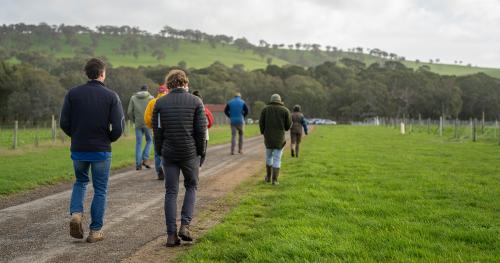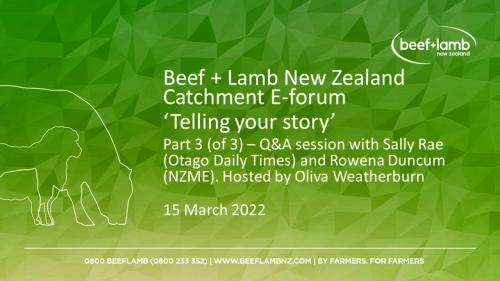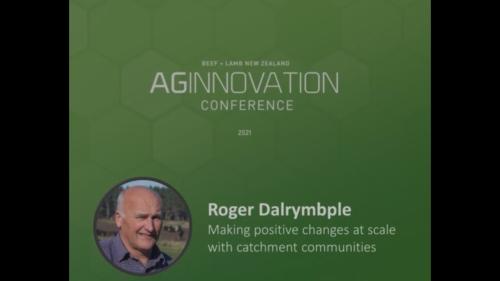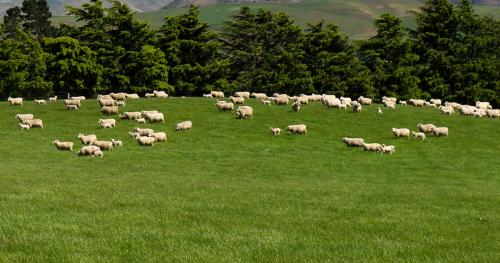Search results
Displaying 101 - 110 results of 409
- Factsheet… zinc animals required prevention treatment facial eczema foot rot plants required activation …
- NewsIf you’re rearing calves for beef, or as dairy replacements, you’ll likely be treating them at intervals for internal parasites, or …

- VideoIn this short video, Sally and Rowena answer your questions on how to better tell your rural story through engaging with media and using social media. This B+LNZ webinar forms part of B+LNZ’s …
- PageThe term ‘Refugia’ can be really confusing! The outcome we want is to stop your farm from becoming dominated by drench-resistant worms. Using Refugia means leaving some worms free to breed without …
- News… Farmers’ feedback on facial eczema will help shape better support tools …

- Other PDF… testing yet become widely available example facial eczema tolerance parasite resistance lnz would … testing yet become widely available example facial eczema tolerance parasite resistance …
- VideoNew Zealanders are passionate about our country but let us not sit back and wait for more regulation and policy to shape our futures, our lives and our businesses. Working together as a community we …
- Video… your own sheep to assess the level of hidden facial eczema (FE) damage that can be going on in …
- … services (lucerne management, Pasture Pests, Facial Eczema alerts) – these get brief, relevant …


